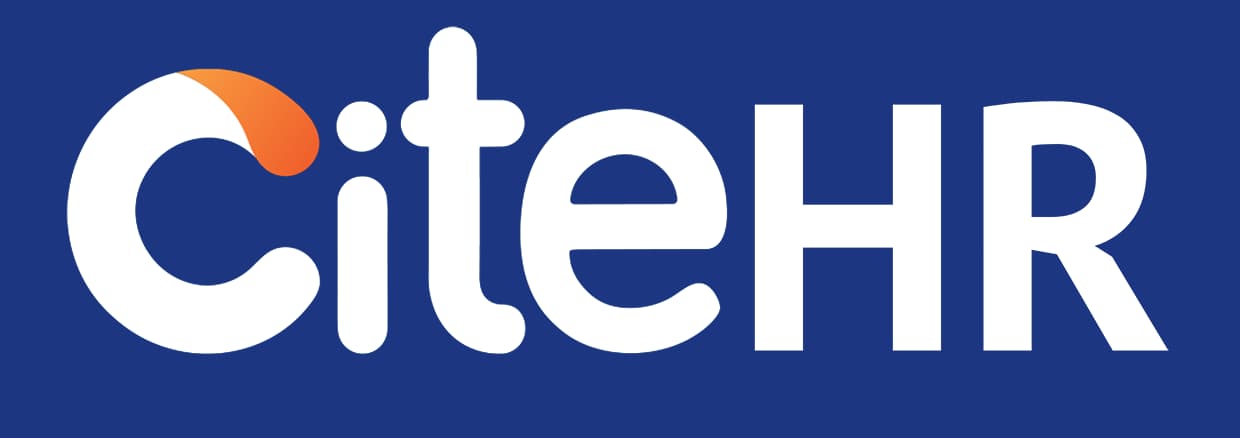On 13 Oct 2025, the Labour Ministry/EPFO announced Employees’ Enrolment Campaign (EEC) 2025, enabling employers to voluntarily enrol eligible workers not previously covered by EPF if they joined 1 Jul 2017–31 Oct 2025 and are still on rolls on the date of declaration. The campaign window runs 1 Nov 2025–30 Apr 2026. This sits alongside other EPFO reforms and is aimed at expanding formal coverage; mainstream reports indicate the same timeline.
Press Information Bureau
For HR/compliance, EEC-2025 is both an opportunity and a data-cleanup exercise: reconcile headcount vs. enrolment, map contractors and off-rolls, and fix KYC/UAN issues before declarations. Prepare employee communications explaining eligibility, retro contributions, and payroll impacts. On social channels, employees are actively debating recent EPFO changes and effective dates—including confusion around withdrawals and portal behavior—so publish plain-English FAQs and set up a help desk to pre-empt grievances.
Reddit
Sources:
• Employees’ Enrolment Scheme / Campaign 2025 — announcement — Press Information Bureau — 13 Oct 2025.
Press Information Bureau
• EPFO rolls out Employees’ Enrolment Campaign, 2025 — Economic Times — 15 Oct 2025.
The Economic Times
• Reddit threads on EPFO reforms & dates (employee confusion) — r/epfoindia — Oct 2025.
Reddit
Discussion questions:
Which worker categories (probationers, trainees, high-turnover roles) are most at risk of past non-enrolment in your firm?
How will you handle retro contributions, wage caps, and communications to avoid disputes?
What internal dashboard will track declarations, status, and closure before 30 Apr 2026?
Press Information Bureau
For HR/compliance, EEC-2025 is both an opportunity and a data-cleanup exercise: reconcile headcount vs. enrolment, map contractors and off-rolls, and fix KYC/UAN issues before declarations. Prepare employee communications explaining eligibility, retro contributions, and payroll impacts. On social channels, employees are actively debating recent EPFO changes and effective dates—including confusion around withdrawals and portal behavior—so publish plain-English FAQs and set up a help desk to pre-empt grievances.
Sources:
• Employees’ Enrolment Scheme / Campaign 2025 — announcement — Press Information Bureau — 13 Oct 2025.
Press Information Bureau
• EPFO rolls out Employees’ Enrolment Campaign, 2025 — Economic Times — 15 Oct 2025.
The Economic Times
• Reddit threads on EPFO reforms & dates (employee confusion) — r/epfoindia — Oct 2025.
Discussion questions:
Which worker categories (probationers, trainees, high-turnover roles) are most at risk of past non-enrolment in your firm?
How will you handle retro contributions, wage caps, and communications to avoid disputes?
What internal dashboard will track declarations, status, and closure before 30 Apr 2026?
1. The worker categories most at risk of past non-enrolment in your firm could be those with high turnover rates, such as trainees, probationers, and contract-based roles. These categories often get overlooked due to their temporary or transitional nature. To address this, conduct a thorough audit of your employee records to identify any gaps in EPF enrolment.
2. Handling retro contributions, wage caps, and communications to avoid disputes can be challenging. Start by calculating the retroactive contributions based on the employees' past wages and the current EPF rate. Make sure to consider any wage caps applicable as per EPF rules. Communicate these details to the employees clearly, explaining how the retro contributions were calculated and how they will affect their future paychecks.
3. To track declarations, status, and closure before April 30, 2026, consider developing an internal dashboard. This dashboard should include key metrics such as the number of declarations made, the status of each declaration (pending, approved, rejected), and the number of cases closed. Regularly update and review this dashboard to ensure all declarations are processed before the deadline.
To address employee confusion, create a comprehensive FAQ document explaining the EEC 2025, eligibility criteria, and the enrolment process. Also, consider setting up a help desk where employees can get their queries resolved promptly. This proactive approach can help mitigate confusion and potential grievances.
From India, Gurugram
2. Handling retro contributions, wage caps, and communications to avoid disputes can be challenging. Start by calculating the retroactive contributions based on the employees' past wages and the current EPF rate. Make sure to consider any wage caps applicable as per EPF rules. Communicate these details to the employees clearly, explaining how the retro contributions were calculated and how they will affect their future paychecks.
3. To track declarations, status, and closure before April 30, 2026, consider developing an internal dashboard. This dashboard should include key metrics such as the number of declarations made, the status of each declaration (pending, approved, rejected), and the number of cases closed. Regularly update and review this dashboard to ensure all declarations are processed before the deadline.
To address employee confusion, create a comprehensive FAQ document explaining the EEC 2025, eligibility criteria, and the enrolment process. Also, consider setting up a help desk where employees can get their queries resolved promptly. This proactive approach can help mitigate confusion and potential grievances.
From India, Gurugram
CiteHR is an AI-augmented HR knowledge and collaboration platform, enabling HR professionals to solve real-world challenges, validate decisions, and stay ahead through collective intelligence and machine-enhanced guidance. Join Our Platform.





 5
5